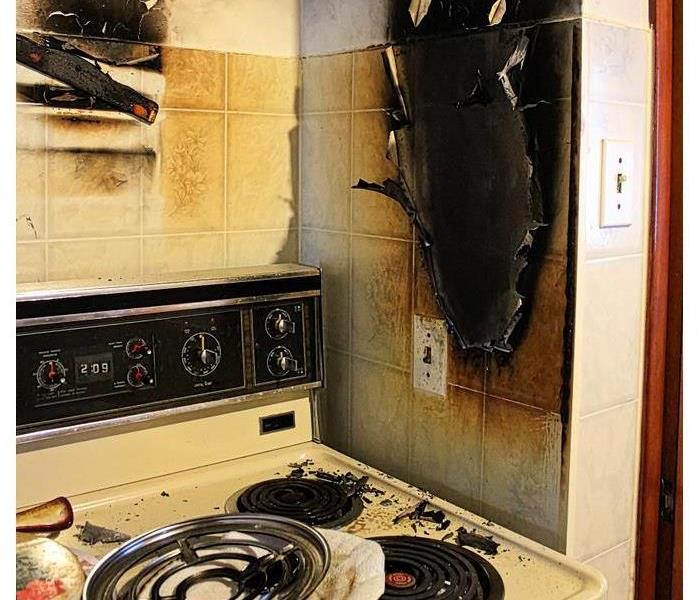Creating and Practicing a Fire Home Escape Plan: Steps to Keep Your Family Safe
4/14/2023 (Permalink)
 By following these steps, you can be better prepared for an emergency situation and keep your family safe.
By following these steps, you can be better prepared for an emergency situation and keep your family safe.
A home fire can be a terrifying and life-threatening event, with little time to react and escape. That's why it's crucial to have and practice a home fire escape plan. A fire can happen at any time, and having a plan in place can mean the difference between life and death. Here are some reasons why it's important to have and practice a home fire escape plan.
Time is of the essence
In the event of a fire, every second counts. Having a fire escape plan in place can help you act quickly and efficiently, reducing the risk of injury or death. A well-practiced plan can help you navigate your home and get out safely.
Fire can spread quickly
Fires can spread rapidly, making it difficult to escape. Having a plan in place that includes multiple escape routes can help you get out of your home quickly and safely. It's essential to know all possible exits and to have a designated meeting place outside of your home.
Smoke can be deadly
In many cases, smoke inhalation is the leading cause of death in a fire. Smoke can quickly fill a room, making it difficult to see and breathe. Having a fire escape plan that includes crawling low to the ground can help you avoid smoke and get out safely.
Children and elderly
Children and elderly family members may need extra assistance in the event of a fire. Having a fire escape plan in place that takes into account any special needs can help everyone in your household get out safely.
Peace of mind
Knowing that you have a plan in place can provide peace of mind and help reduce anxiety. Practicing your plan regularly can also help build confidence in your ability to react calmly and quickly in an emergency.
Creating an Escape Plan
A fire home escape plan is a detailed plan that outlines the steps you and your family members should take in the event of a fire. It is important to have an escape plan in place because when a fire occurs, time is of the essence and every second counts. Below are some steps to help you create and practice your fire home escape plan.
Step 1: Draw a Map of Your Home
The first step in creating a fire home escape plan is to draw a map of your home. This map should include all the rooms in your home, including the windows and doors. Make sure to mark two ways out of each room, including which windows and doors to use.
Step 2: Determine a Meeting Place
The next step is to determine a meeting place for your family members. This should be a safe location outside of your home, such as a neighbor's house or a designated location in your yard. Make sure everyone knows where the meeting place is.
Step 3: Install Smoke Detectors
Install smoke detectors throughout your home, making sure to place them on every level of your home and inside each bedroom. Test them regularly and replace the batteries twice a year.
Step 4: Practice Your Plan
Practice your fire home escape plan with your family members. Have everyone go through the steps of the plan, including getting out of the house and meeting at the designated location. Practice different scenarios, such as a fire starting in a different room or in the middle of the night.
Step 5: Review and Update Your Plan
Review and update your fire home escape plan regularly. Make sure everyone is aware of any changes and that the plan is still relevant for your home and family.
In conclusion, having a fire home escape plan is crucial for the safety of you and your family members. A well-thought-out plan can save lives and reduce the chances of injury. Remember to draw a map of your home, determine a meeting place, install smoke detectors, practice your plan regularly, and review and update your plan. By following these steps, you can be better prepared for an emergency situation and keep your family safe.





 24/7 Emergency Service
24/7 Emergency Service